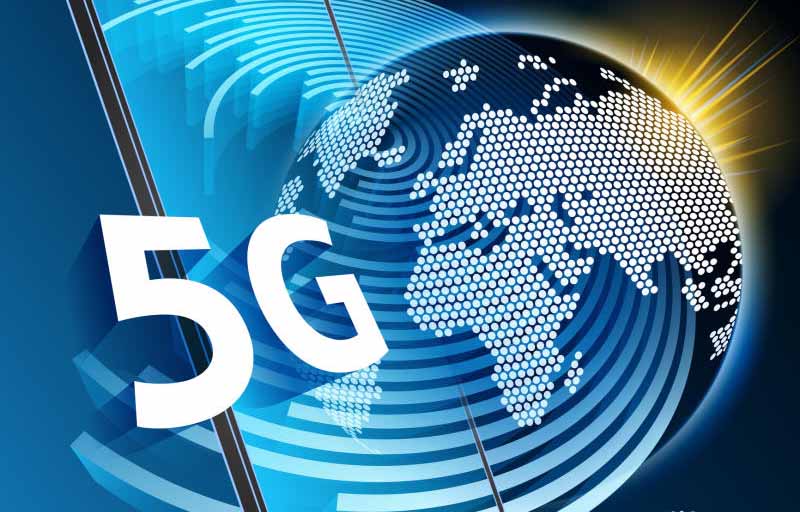 Smart Phone, communications technology [Courtesy]
Smart Phone, communications technology [Courtesy]
Safaricom has finally launched the long-awaited fifth-generation (5G) network, which is expected to hit top speeds of 1 Gbps.
Streaming will not only be faster, but high-quality content will now be within reach for many.
The network can support up to one million connected devices per square kilometre, which is a huge improvement from 4G, which supports only up to 100,000 devices in the same area.
Here are some of the advantages that the 5G network will bring:
Greater transmission speeds - Transmission speeds could, in the end, approach a mind-boggling 20 Gbps. In truth, 1 Gbps is already a huge deal. These speeds help one access files, programs and remote applications faster, more easily.
Lower latency - The time between which a user makes a command to the time the web application's response to that action is called latency. It can also be defined as the total round trip time it takes for a data packet to travel.
IOT Solutions World Congress says that the latency in 5G is reduced by over ten times from that in 4G networks.
“Thanks to this low latency and the increase of the sensors, it is possible to control the machinery of an industrial plant, control logistics or remote transport, surgical operations in which the doctor can intervene a patient who is at another side of the world with the help of precision instrumentation managed remotely or the complete control of remote transport systems, automated and without drive,” writes the IOTSW.
5G
will revolutionise Peer-to-Peer (P2P) and eliminate the need for
servers. Users will transfer data between devices in just a matter of
seconds.  [Courtesy]
[Courtesy]
Increased number of connected devices - From a mere 100,000 devices in a square kilometre to a million devices in the same area. All connected devices will have access to instant connections to the internet and can, in real-time, exchange information with one another. High-density areas are therefore assured of reliability, removing the long buffer times.
Creation of subnets - A subnet is a logical subdivision of an IP network. An IP network is a group of computers connected via their unique internet protocol (IP) addresses. Subnetting will give specific characteristics to a part of the network and will allow to prioritise connections. Different latencies could be applied, or prioritised in the connection to the network so that they can’t be affected by possible overloads of the mobile network.
Smart parking, vehicle monitoring - In addition to being used in smart packing and reducing traffic congestion, 5G is expected to aid in the management and monitoring of vehicles linked to smart traffic management systems. There will be an exchange of information such as location, speed and destination. An Omni-directional messaging provision means that cars can alert drivers of road conditions and hazards.
Telemedicine- The super fast internet will improve telemedicine, the distribution of health-related services and information via electronic information and telecommunication technologies. Long-distance patient and clinician contact, and even admissions, will be a possibility.




No comments :
Post a Comment